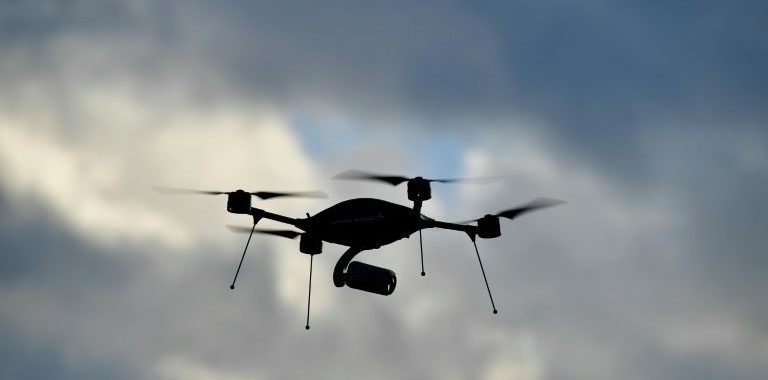Perhaps the most well-publicized case of unidentified drones were the sightings that led to a suspension of flights at the U.K. airport Gatwick. Between 19 and 21 December 2018, hundreds of flights were cancelled at Gatwick Airport, following 67 reports of drone sightings close to the runway.
These incidents make the case of anti-drone technology. An example is the DroneGun, developed by Australian company DroneShield. This is a bazooka-style creation which functions by jamming the signal between drone and drone pilot, thereby grounding unwanted aerial vehicles.
READ MORE: New governance rules for drones in Canada
A second example is called ATHENA (an acronym for Advanced Test High Energy Asset). This is a 30-kilowatt laser weapon being tested by the U.S. Army Space and Missile Defense Command.
A third example is a craft that can capture drones mid-air. This comes from Delft Dynamics, based in The Netherlands, and it is called the DroneCatcher. This device is capable of locking onto enemy drones in the air and then catching it in a net from up to 20 meters away. The video below shows the device in action:
Based on research undertaken by analysts Markets and Markets (“Anti-Drone Market by Technology (Laser, Kinetic, and Electronics), Application (Detection, Detection & Disruption), Vertical (Military & Defense, Homeland Security, and Commercial), and Geography – Global Forecast to 2024”), the anti-drone market is expected to be valued at $2,276 million by 2024. The current global market value is $499 million. The growth equates to an annual growth rate of 28.8 percent.
The fastest growing anti-drone technologies are those based on laser system. This is because, Smart2Zero reports, these technologies offer speed, significant flexibility, high precision, and low cost per shot. Companies working on such technology, for military purposes, are Boeing, Lockheed Martin, Rheinmetall Defense Electronics GmbH, and Raytheon.
http://www.digitaljournal.com/tech-and-science/technology/predicted-growth-for-anti-drone-technology/article/540829#ixzz5cbXAcdyG
